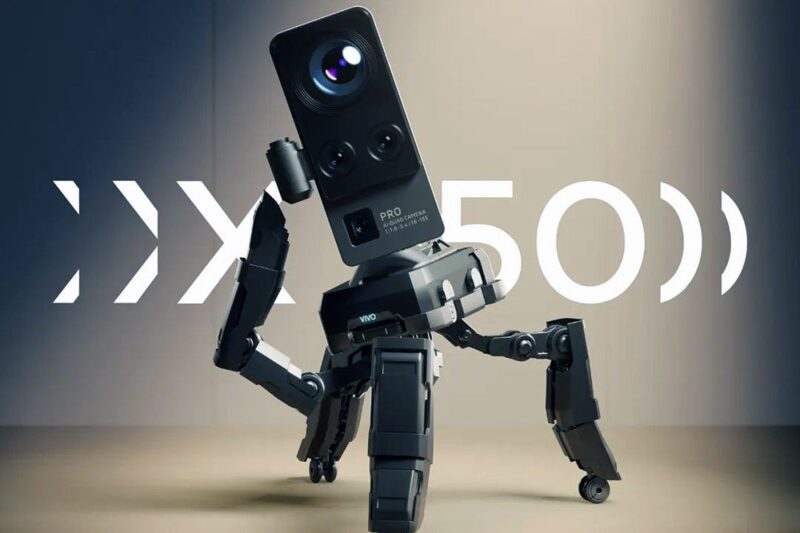After it took a lot of interest, Vivo explained how Vivo X50 Pro gimbal works. Every time we record more video with our mobile phones, not only because we produce mass video to publish on our social networks, but also because the phones have advanced a lot in this regard, allowing us to give a very professional look to our recordings even if we are not experts on the subject. When recording video, stabilization is very important to eliminate all kinds of vibrations , but Live will shortly take a very important step forward.
In the mobile world we have had optical stabilization for many years, and rare is the high-end, and even average, device that does not incorporate OIS into any of its cameras. But stabilization corrects vibrations, not tilt, and this is what Vivo wants to correct by bringing a ‘gimbal’ type system to your next Vivo X50 Pro . An almost identical system to what we see in traditional ‘gimbals’, but taken directly to the lens of the phone.
How does Vivo X50 Pro gimbal works?
Vivo has detailed how the ‘gimbal’ system anchored to the main camera of its next Vivo X50 Pro works even before presenting the phone itself, as we do not wait for it until June 1 in the company of its little brother, the Vivo X50. The brand has released a video as part of its promotional campaign for the future launch, and this video focuses on how the stabilizer works.
Vivo X50 Pro has a four-axis OIS and a two-axis gimbal
If memory does not fail, the Vivo X50 Pro will be the first international phone (not counting the Apex 2020 conceptual) to have such a stabilization system and Vivo tells us how it works. First, we see how the phone’s lens has its own OIS stabilization system , which makes lateral corrections to eliminate vibration during video capture and also for photographs, but then the system becomes complicated, although Vivo guides us through of it in a video that does not reach a minute in length.
This stabilized lens system in turn fits into a housing with an additional two-axis system, the ‘gimbal’, which allows the lens to oscillate on itself in two directions, thus being able to remain fixed at one point even if we slightly rotate the phone with hand. All this, eye, embedded in a system with a thickness of 4.5 millimeters, so it can be fitted without problems in the Vivo X50 Pro that will be presented later. The system, in figures offered by the brand itself, promises to be 300% more efficient than current stabilization systems.
These systems help keep the phone lens stable during the opening of the diaphragm to capture light, that is, during the photograph itself. If the ambient light is poor, the diaphragm needs to be opened for a longer time, and these systems help the photo to not be shaky or jittery. Vivo promises that the light sensitivity of its sensor, thanks to the ‘gimbal’ system, will increase between 39% and 220% depending on the ambient light conditions, so we could have spectacular photographs. As always, you have to test the system.
Meanwhile, it only remains to wait until June 1 to know everything about this Vivo X50 Pro that will become, if nobody does anything to avoid it, the first international mobile phone to carry a ‘gimbal’ stabilization system in a of his glasses. We will see how long it takes the market to clone this system or to devise similar alternatives, since ‘gimbal’ systems are by no means unknown in the field of photography and video. On mobile, of course, at least until now.





